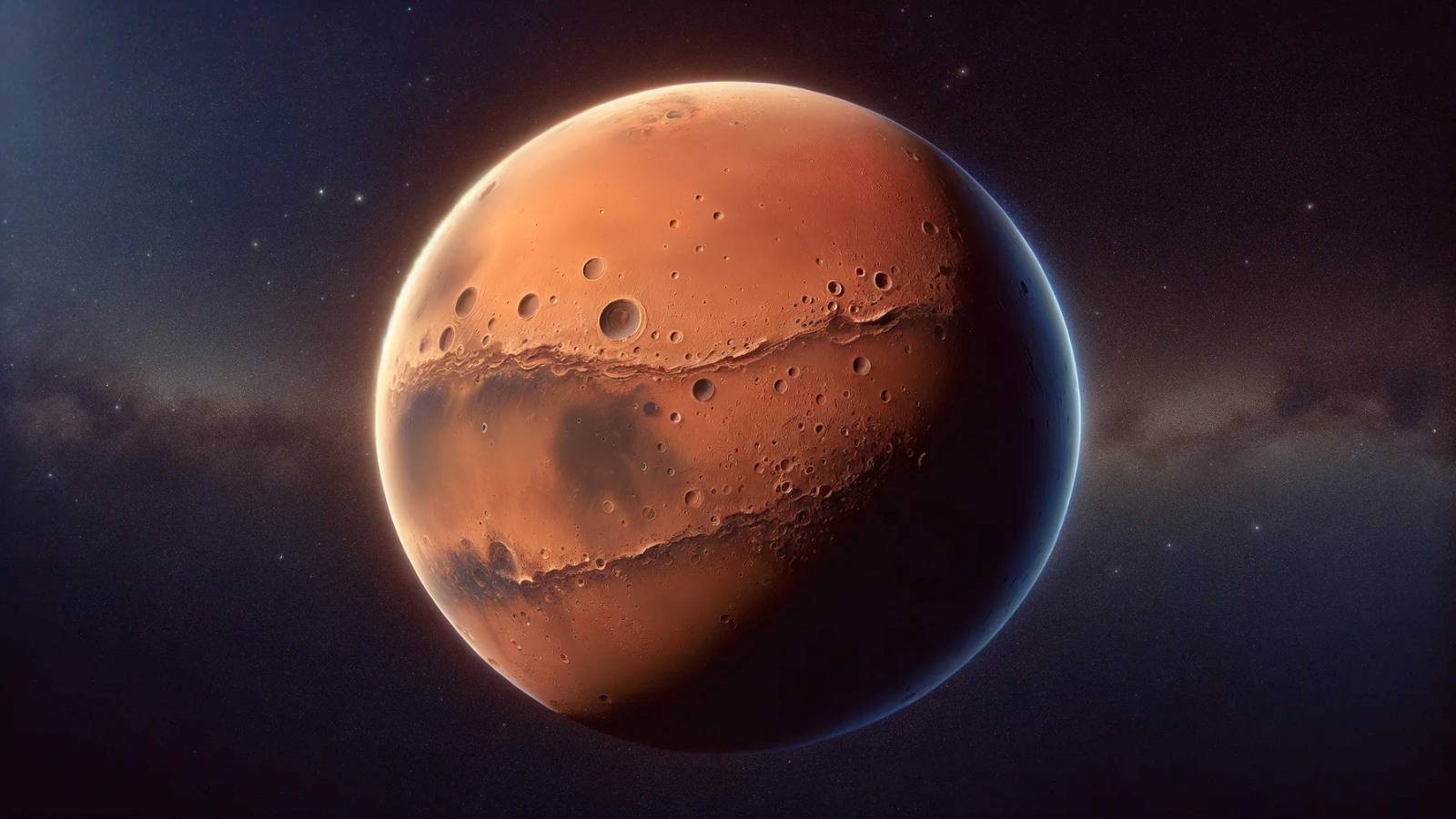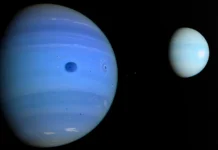NASA's Curiosity rover has reached a new milestone in the exploration of Mars, opening the door to a deeper understanding of the history of water on this alien world. By entering a previously unexplored region, Curiosity offers a unique insight into the times when Mars hosted flowing water, a suggestion that rewrites what we know about the Red Planet.
This new phase of the mission could show that Mars has had liquid water on its surface for a much longer period than previous estimates suggested. Billions of years ago, the Martian landscape was significantly different—warmer and wetter, approaching life-friendly conditions on Earth.
Navigating through the Gediz Vallis channel, a geological formation that appears to have been carved by the course of an ancient river, Curiosity continues its scientific journey. This area of Mars is of major interest to researchers because its steep sides and composition suggest it was formed by erosion caused by water, not wind.
During its mission, which began in 2014, the NASA rover scaled Mount Sharp, uncovering geological layers that tell of major climate changes on Mars. From layers rich in clay minerals, evidence of intense interaction with water, to sulfates indicative of evaporation processes, Curiosity reveals how the presence of water and the chemical components necessary for life has changed over time.
NASA Announces an IMPORTANT Mission to Mars, what Scientists want
NASA's exploration of the Gediz Vallis channel will take months, but the findings could revolutionize understanding of the formation of Mount Sharp and the hydrographic history of Mars. The mountain's sedimentary layers, shaped by wind and water followed by erosion, reveal a complex Martian past, with periods of wetness alternating with eras of extreme drought.
Interestingly, despite these dry periods, the Gediz Vallis channel and debris accumulations suggest the return of water, even after long periods of aridity. This could indicate the existence of hydrological cycles on Mars, with profound implications for possible ancient life and future exploration missions.
Curiosity captured impressive images of the region, including a 360-degree black-and-white panorama that provides a detailed view of the studied terrain. As NASA continues to analyze the collected data, the scientific community eagerly awaits new discoveries that will deepen the mystery of this fascinating planet.
The Curiosity mission to Mars is not just a journey of space exploration; it is a search for answers about the shared cosmic past and a step towards understanding our place in the universe. As NASA continues to push the boundaries of our knowledge, Mars remains a symbol of endless human curiosity and desire for exploration.

















